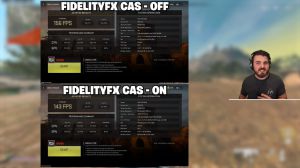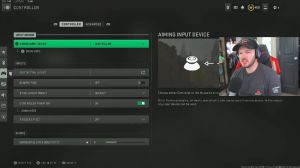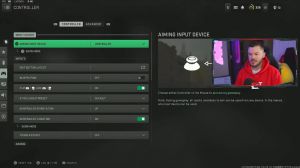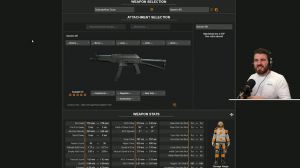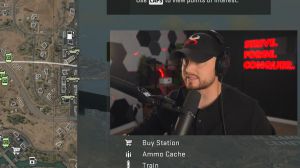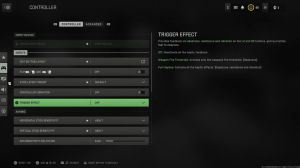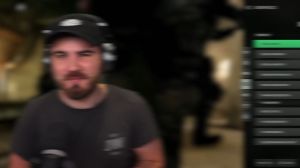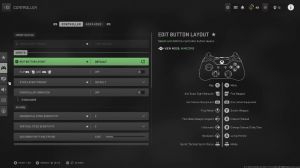News - I Tested Every Warzone 2 Upscaling Setting (the Results Surprised Me)
Intro & first option (dlss)
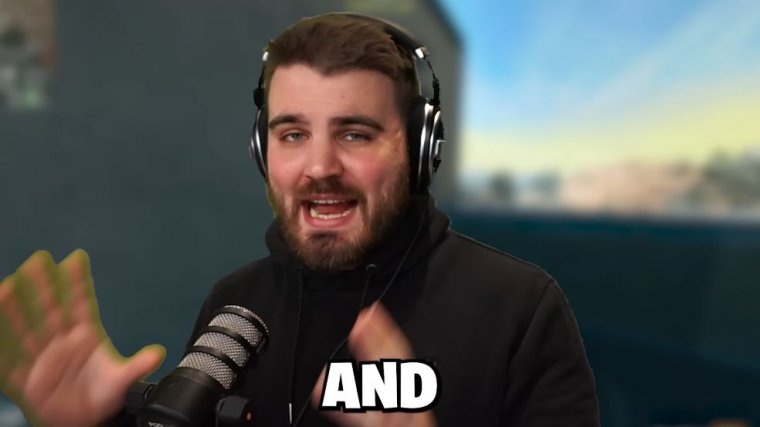
Upscaling and sharpening settings are incredibly powerful if you're looking for an FPS boost or improved visuals in Warzone 2. Well, today I'll be answering that question by taking you guys through all of my results from testing every available upscaling and sharpening setting in-game. Let's begin with Nvidia DLSS.
It comes with four different presets: Ultra, Performance, Balanced, and Quality. As an example, the performance setting is actually rendering the game at 50 resolution. DLSS also comes with this sharpness slider, and from all the testing I did, I found that this had no effect on performance anyway, so I just left it at 100 throughout.
So in game, looking at DLSS, if we have this in the ultra performance mode, which is where we get that really big jump in the game, it does not look great whatsoever, especially things like trees and the edges of buildings. Things, in the distance, would really make the game quite hard to play; the visibility just drops through the floor, and it's definitely not recommended.
Let's now go and bump up that preset to Quality, which is the highest quality we can get out of the LSS at the moment in the game, and it all actually looks pretty good. It's quite nice and sharp; it doesn't look too dissimilar from having it off, unfortunately, but when you start moving, and it's only really apparent when you're moving, there is a very weird, cartoonish appearance. I personally do not think it's worth the 10 FPS gain to lose out on this much visibility.
Amd fsr vs nvidia dlss?
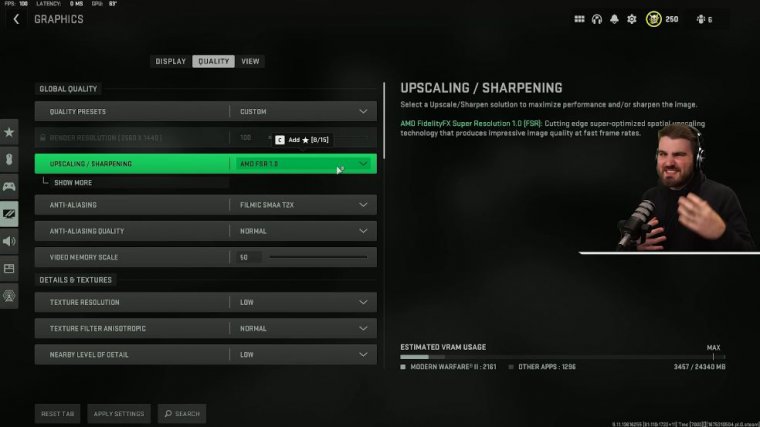
Let's move on to AMD FSR, which is DLSS, as the main competitor. Compared to Nvidia, AMD's FSR gives us access to four presets very similar to DLSS; however, instead of having an ultra performance mode, we have an ultra quality mode.
What's interesting is that it's not like the four presets have just changed names; instead, we've also got Ultra quality with a better quality setting; we've still got performance with 50 resolution balanced for 58 and quality with 66, but we've also got Ultra quality with a 76 render resolution, which was pretty apparent.
Also quite amazing is that when you compare FSR to DLSS in these benchmarks, you're actually gaining considerable amounts of FPS across all of the different tiers, if you want to call the tiers one, two, three, and four, but with FSR tier 4, which is ultra quality, therefore hopefully better resolution, and therefore hopefully better visual fidelity.
Now take a look at this. I am in the game with all of the upscaling turned off, and this obviously makes my image quality look very decently sharp, but I'm going to go in and go to Graphics. I'm going to turn on FSR 1.0 at ultra quality, which was giving us better performance than the DLSS quality, which was the highest setting for that, and let's just take a look at the actual quality now; it's actually pretty hard to tell a difference.
You're getting none of that weird blurriness that you get from DLSS when you move, and we've gained a nice bit of FPS, so right now FSR is looking pretty damn good. You could even try bringing that preset down to Quality so we're matching the DLSS quality resolution, and, honestly. I still think this looks better overall than DLSS, and we're getting a considerable jump in FPS over DLSS, but I personally think this looks a bit too blurry, so I wouldn't go below.
Intel's brand new upscaling setting
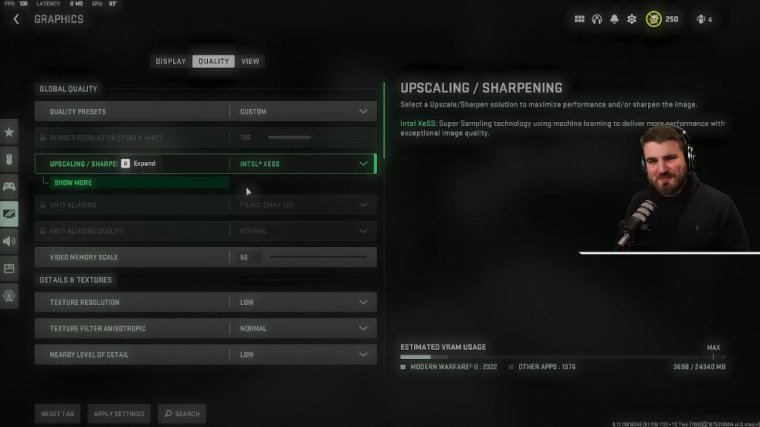
As you can see, only 10 of the people who watch my content are actually subscribers. The next setting we'll look at is Intel Zest, which is definitely less well known than DLSS or FSR. For this setting, we've got access to four different presets, and they are the exact same ones we had for FSR, so performance balanced quality and Ultra quality.
You can see from the benchmarks here that I turned from off to the Quality preset, ran the benchmark, and got basically the same FPS, which I thought was a bit weird, and then I turned it up to Ultra Quality, where we're still getting a lower render resolution and the game still looks worse. I lost FPS from an upscaling setting, which should never ever happen.
I can only assume that the implementation of Intel Zest right now in Warzone 2 is just broken and not optimized in any way. Maybe in a patch in the future we might see this become something useful, but right now do and not touch it.
Nvidia image scaling is very interesting
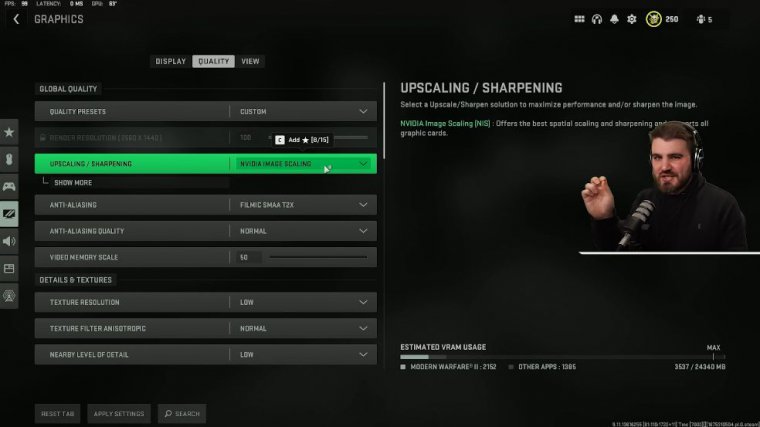
Now things start getting pretty interesting when we take a look at the next setting. Nvidia has image scaling, which you might not have heard of as much as DLSS or FSR, and it's got some interesting settings.
If we look in the drop-down menu here, we've got four different presets for performance-balanced quality. Ultra quality is all pretty similar to FSR, as is this native setting, which I'll explain in just a second. You've also got the sharpness slider, where you can set how sharp you want your game to look after you've applied the image scaling, and in a similar way to DLSS, this does not affect FPS, so I just left this at 100.
The percentage resolutions for all of the presets match up exactly, and in terms of FSR, well, FPS looks pretty similar across the board as well. So we know that the image game failing performs the same as FSR, but how does it actually look in game? Well, we've got it set to ultra quality with 100 sharpness, and some people out there probably will actually prefer this look to the FSR because it's very, very sharp.
My recommendation is that you try out Nvidia image scaling and FSR to see which one works out better for you in terms of the look. The performance is very similar at the same presets; it's just going to give you a slightly different look, and article image scaling is more sharp in an artificial sense, whereas FSR is more of a true image.
What sharpening options are available
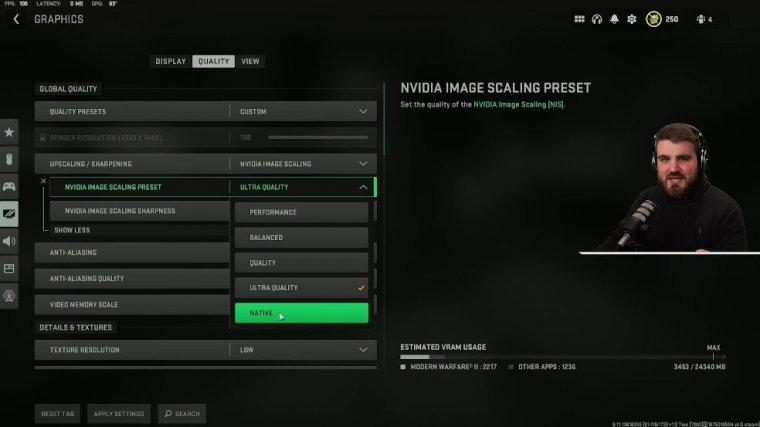
Now, you'll probably notice I didn't cover the native setting in my benchmarks there, and why was that?
Well, it's because the native setting actually renders out the game at 100 resolution, and it's not a setting that you use to gain FPS instead; it's just a sharpening method that's meant to improve the visuals of your game and make it easier to spot enemies. The other two sharpening methods we have available are Fidelity FX Cass and DL La, which both come with a simple sharpening slider, as you can see here.
I went ahead and benchmarked each of these sharpening settings against each other and compared it to when you just have it all off, and as you can see, these do lower your FPS. My first instant recommendation is obviously going to be to just steer clear of DLA. This drop in performance is really not worth it, and we've got access to some pretty good sharpening options elsewhere. In game, the performance of the other two sharpening settings is actually within a decade of each other; they are performing very similarly from an FPS standpoint, so really, we need to go look in game and see what the visuals are like.



